Disputing the perception that Philips is a brand focussing on the elite class, Murali Sivaraman, managing director and CEO - Indian subcontinent, Philips Electronics India, says the company has a presence in broad spectrum of products. He spoke to DNA on the company’s strategy to tap the mass market. Experts…
Philips is perceived as a company catering to the upper middle-class segment in India.
How do you intend to change that?
I’d differ on that perception. We have a much wider range of products across categories and price points that touch the Indian consumer in some form or the other. For instance, we are amongst the largest players in the market for incandescent bulbs.
I often tell people in a lighter way that I could be there in the form of a Rs 10 bulb in a small household and also a Rs 8-10 crore MR/CT machine in a large hospital.
We have products across price points (+/- 5% vis-à-vis the market leader) in consumer electronics, where we are a household name. However, of late it’s become a bit of a price game here, with an increased number of players.
As for our kitchen range, if you strictly evaluate them on price points, we are pretty much in quartiles three and four and not much in quartiles two and one of the consumer segment. So we play in a very broad spectrum with respect to these products.
That’s not the case in the healthcare space though?
I do acknowledge the perception here. We have been mostly selling imported products and hence were not participating in the value space. While being competitive, a lot of our B2B solutions, owing to the brand and bundling of solutions and benefits being offered, commanded a premium of 10-15% over competition. This is about to change. We have recognised that, to play the emerging-market game, we will have to be present across all price points.
The idea going forward will be to leverage on the brand which is already a household name and the distribution channel that allows us to penetrate much deeper into the market.
Targeting the fast-growing healthcare market, we will bring in innovative products that will bring healthcare to Indian homes. Philips plans to garner a market share of 40% in the home healthcare market by 2013.
How do you intend to reach out to the middle and bottom sections of the population pyramid?
We have a local development team that will work to create new businesses and design local strategy for them. The water purifier concept around ‘sense and simplicity’ is a great success story. There are many more products that are under various stages of development.
We will also be launching products designed for rural markets. These
include the woodstove range and LED-based lanterns. It will be a great learning experience for us as it’s for the very first time that we will be entering villages.
What is the pricing strategy adopted by Philips for India?
Pricing for us is a question of the category we want to play in. We are consciously trying to differentiate with other players there. To cite an example, we have decided not to play the volume game in the LCD TV category. This is because you don’t make money there and there is no point in losing money. But, wherever the brand commands a premium, we back it up with spare parts, after-sales service, warranties to bring a pleasant experience to the customer.
Is the company primarily driving growth through acquisitions?
No, growth will primarily be organic. However, I’m open to inorganic play if it fits into our strategy and portfolio across lighting, lifestyle and healthcare sectors. Our earlier acquisitions were in line with the company’s focus on driving growth from emerging markets. The companies we acquired were operating in the value space (low-cost high-quality healthcare equipment) and bringing them into the fold helped in strengthening our market position here. So there was an opportunity available and we grabbed it.
You were talking about lighting lounges as an experiential marketing concept for the luminary business division. How are you going to create these spaces?
We already have two such lounges, one each in Delhi and Mumbai. These are experience zones created across 700 to 1,000 sq ft area and exhibit every solution we have to offer in home and office lighting space. We have identified 35-odd cities for opening these lighting lounges.
These lounges will be created in partnership with a key distributor. Locations would naturally be places where there is captive audience. We will look at a combination of shopping malls, high streets and stand-alone locations in addition to partnering with retailers to create a shop-in-shop concept.
![submenu-img]() Aamir Khan was unsure if censor board would clear Sarfarosh over mentions of Pakistan, ISI: 'If Advani ji can say...'
Aamir Khan was unsure if censor board would clear Sarfarosh over mentions of Pakistan, ISI: 'If Advani ji can say...'![submenu-img]() Gurucharan Singh missing case: Delhi Police questions TMKOC cast and crew, finds out actor's payments were...
Gurucharan Singh missing case: Delhi Police questions TMKOC cast and crew, finds out actor's payments were...![submenu-img]() 'You all are scaring me': Preity Zinta gets uncomfortable after paps follow her, video goes viral
'You all are scaring me': Preity Zinta gets uncomfortable after paps follow her, video goes viral![submenu-img]() Viral video: Influencer dances with gun in broad daylight on highway, UP Police reacts
Viral video: Influencer dances with gun in broad daylight on highway, UP Police reacts![submenu-img]() Family applauds and cheers as woman sends breakup text, viral video will make you laugh
Family applauds and cheers as woman sends breakup text, viral video will make you laugh![submenu-img]() DNA Verified: Is CAA an anti-Muslim law? Centre terms news report as 'misleading'
DNA Verified: Is CAA an anti-Muslim law? Centre terms news report as 'misleading'![submenu-img]() DNA Verified: Lok Sabha Elections 2024 to be held on April 19? Know truth behind viral message
DNA Verified: Lok Sabha Elections 2024 to be held on April 19? Know truth behind viral message![submenu-img]() DNA Verified: Modi govt giving students free laptops under 'One Student One Laptop' scheme? Know truth here
DNA Verified: Modi govt giving students free laptops under 'One Student One Laptop' scheme? Know truth here![submenu-img]() DNA Verified: Shah Rukh Khan denies reports of his role in release of India's naval officers from Qatar
DNA Verified: Shah Rukh Khan denies reports of his role in release of India's naval officers from Qatar![submenu-img]() DNA Verified: Is govt providing Rs 1.6 lakh benefit to girls under PM Ladli Laxmi Yojana? Know truth
DNA Verified: Is govt providing Rs 1.6 lakh benefit to girls under PM Ladli Laxmi Yojana? Know truth![submenu-img]() Mother's Day 2024: Bollywood supermoms who balance motherhood, acting, and run multi-crore businesses
Mother's Day 2024: Bollywood supermoms who balance motherhood, acting, and run multi-crore businesses![submenu-img]() Rocky Aur Rani's Golu aka Anjali Anand shocks fans with drastic weight loss without gym, says fitness secret is...
Rocky Aur Rani's Golu aka Anjali Anand shocks fans with drastic weight loss without gym, says fitness secret is...![submenu-img]() In pics: Ram Charan gets mobbed by fans during his visit to Pithapuram for ‘indirect campaign’ for uncle Pawan Kalyan
In pics: Ram Charan gets mobbed by fans during his visit to Pithapuram for ‘indirect campaign’ for uncle Pawan Kalyan![submenu-img]() Streaming This Week: Yodha, Aavesham, Murder In Mahim, Undekhi season 3, latest OTT releases to binge-watch
Streaming This Week: Yodha, Aavesham, Murder In Mahim, Undekhi season 3, latest OTT releases to binge-watch![submenu-img]() Aamir Khan, Naseeruddin Shah, Sonali Bendre celebrate 25 years of Sarfarosh, attend film's special screening
Aamir Khan, Naseeruddin Shah, Sonali Bendre celebrate 25 years of Sarfarosh, attend film's special screening![submenu-img]() Haryana Political Crisis: Will 3 independent MLAs support withdrawal impact the present Nayab Saini led-BJP government?
Haryana Political Crisis: Will 3 independent MLAs support withdrawal impact the present Nayab Saini led-BJP government?![submenu-img]() DNA Explainer: Why Harvey Weinstein's rape conviction was overturned, will beleaguered Hollywood mogul get out of jail?
DNA Explainer: Why Harvey Weinstein's rape conviction was overturned, will beleaguered Hollywood mogul get out of jail?![submenu-img]() What is inheritance tax?
What is inheritance tax?![submenu-img]() DNA Explainer: What is cloud seeding which is blamed for wreaking havoc in Dubai?
DNA Explainer: What is cloud seeding which is blamed for wreaking havoc in Dubai?![submenu-img]() DNA Explainer: What is Israel's Arrow-3 defence system used to intercept Iran's missile attack?
DNA Explainer: What is Israel's Arrow-3 defence system used to intercept Iran's missile attack?![submenu-img]() Aamir Khan was unsure if censor board would clear Sarfarosh over mentions of Pakistan, ISI: 'If Advani ji can say...'
Aamir Khan was unsure if censor board would clear Sarfarosh over mentions of Pakistan, ISI: 'If Advani ji can say...'![submenu-img]() Gurucharan Singh missing case: Delhi Police questions TMKOC cast and crew, finds out actor's payments were...
Gurucharan Singh missing case: Delhi Police questions TMKOC cast and crew, finds out actor's payments were...![submenu-img]() 'You all are scaring me': Preity Zinta gets uncomfortable after paps follow her, video goes viral
'You all are scaring me': Preity Zinta gets uncomfortable after paps follow her, video goes viral![submenu-img]() First Indian film to be insured was released 25 years ago, earned five times its budget, gave Bollywood three stars
First Indian film to be insured was released 25 years ago, earned five times its budget, gave Bollywood three stars![submenu-img]() Mother’s Day Special: Mom-to-be Richa Chadha talks on motherhood, fixing inequalities for moms in India | Exclusive
Mother’s Day Special: Mom-to-be Richa Chadha talks on motherhood, fixing inequalities for moms in India | Exclusive![submenu-img]() Kolkata Knight Riders become first team to qualify for IPL 2024 playoffs after thumping win over Mumbai Indians
Kolkata Knight Riders become first team to qualify for IPL 2024 playoffs after thumping win over Mumbai Indians![submenu-img]() IPL 2024: This player to lead Delhi Capitals in Rishabh Pant's absence against Royal Challengers Bengaluru
IPL 2024: This player to lead Delhi Capitals in Rishabh Pant's absence against Royal Challengers Bengaluru![submenu-img]() RCB vs DC IPL 2024: Predicted playing XI, live streaming details, weather and pitch report
RCB vs DC IPL 2024: Predicted playing XI, live streaming details, weather and pitch report![submenu-img]() CSK vs RR IPL 2024: Predicted playing XI, live streaming details, weather and pitch report
CSK vs RR IPL 2024: Predicted playing XI, live streaming details, weather and pitch report![submenu-img]() RCB vs DC IPL 2024 Dream11 prediction: Fantasy cricket tips for Royal Challengers Bengaluru vs Delhi Capitals
RCB vs DC IPL 2024 Dream11 prediction: Fantasy cricket tips for Royal Challengers Bengaluru vs Delhi Capitals![submenu-img]() Viral video: Influencer dances with gun in broad daylight on highway, UP Police reacts
Viral video: Influencer dances with gun in broad daylight on highway, UP Police reacts![submenu-img]() Family applauds and cheers as woman sends breakup text, viral video will make you laugh
Family applauds and cheers as woman sends breakup text, viral video will make you laugh![submenu-img]() Man grabs snake mid-lunge before it strikes his face, terrifying video goes viral
Man grabs snake mid-lunge before it strikes his face, terrifying video goes viral![submenu-img]() Viral video: Man wrestles giant python, internet is scared
Viral video: Man wrestles giant python, internet is scared![submenu-img]() Viral video: Delhi University girls' sizzling dance to Haryanvi song sets the internet ablaze
Viral video: Delhi University girls' sizzling dance to Haryanvi song sets the internet ablaze
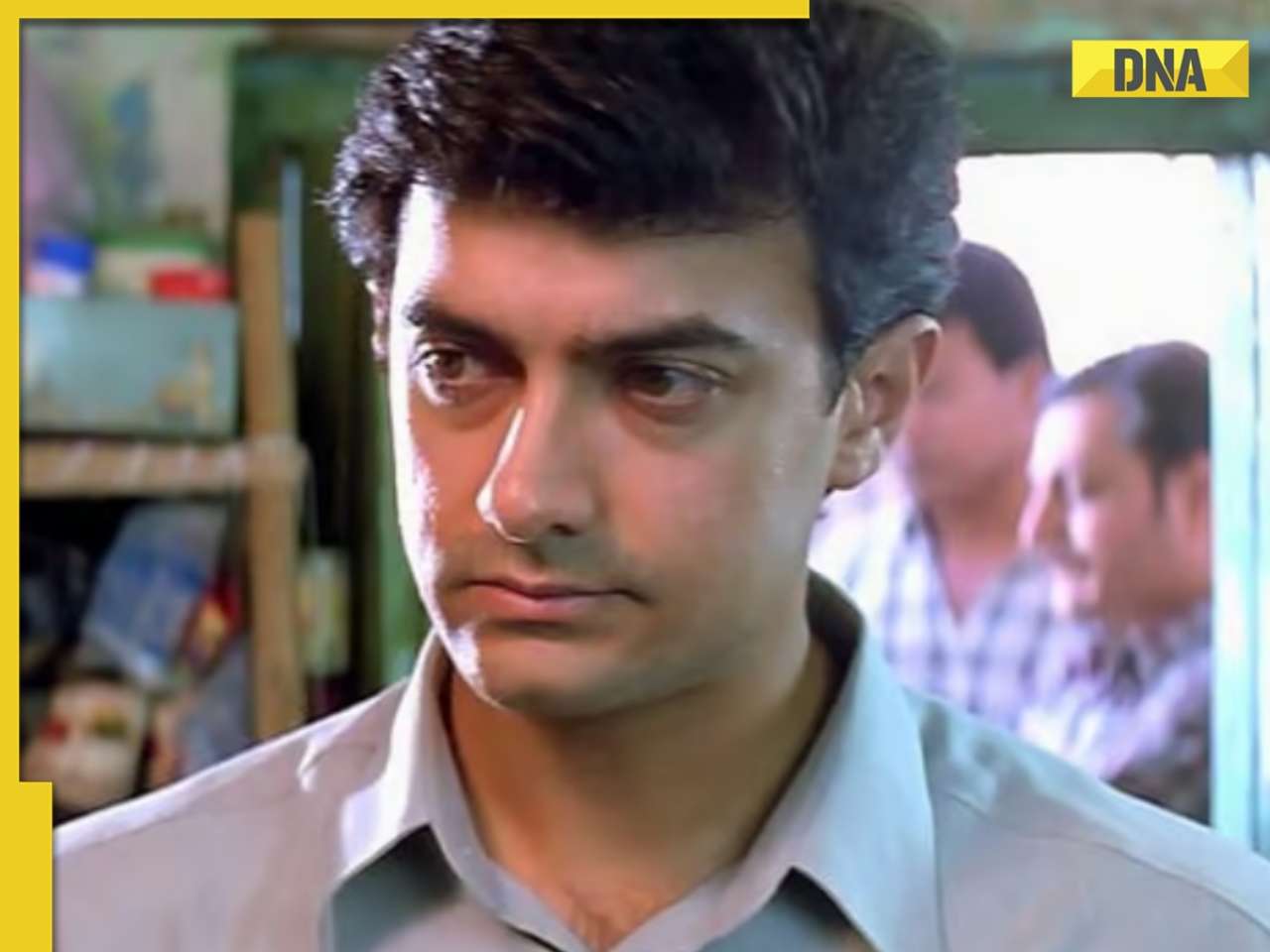
























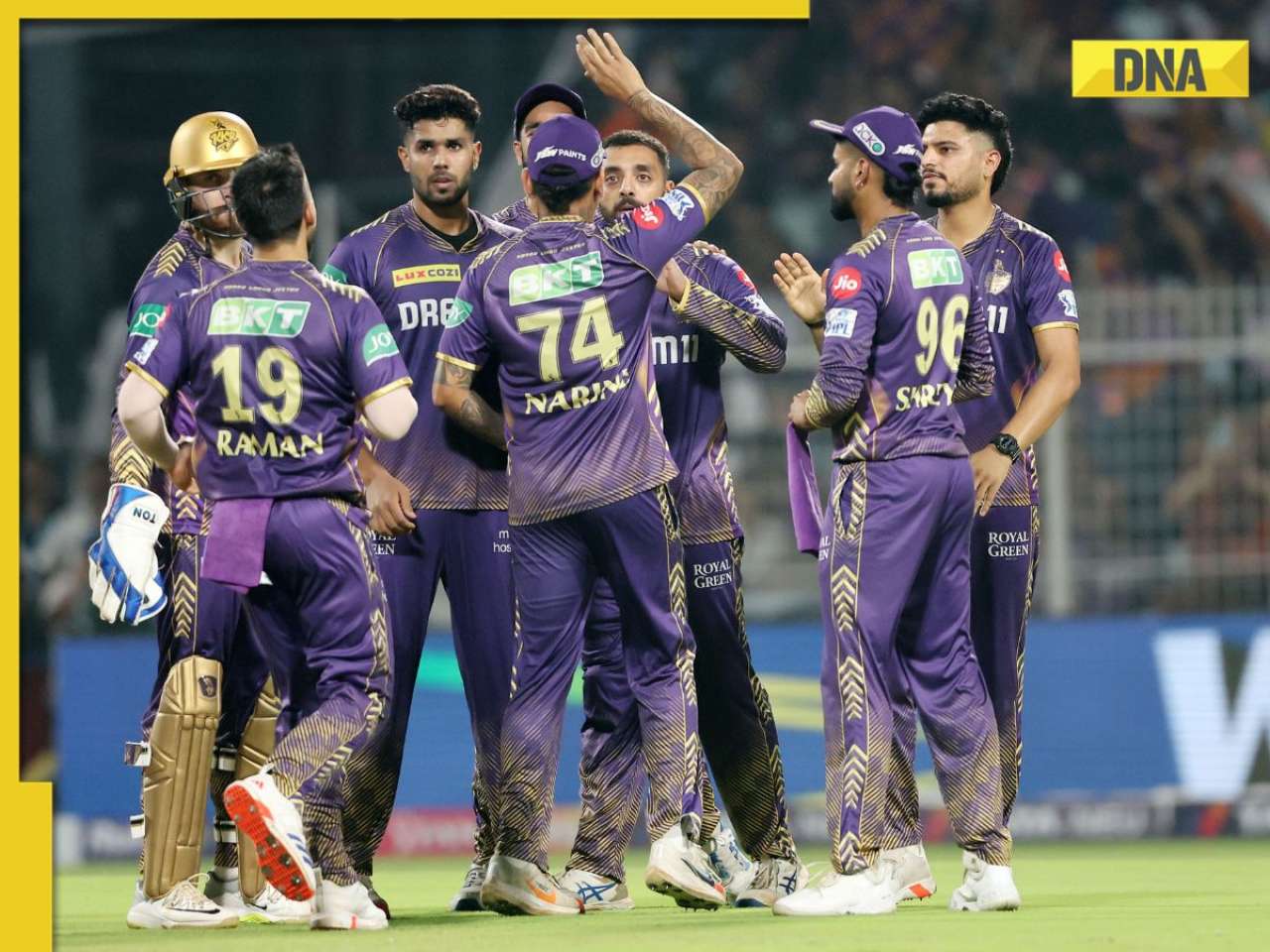


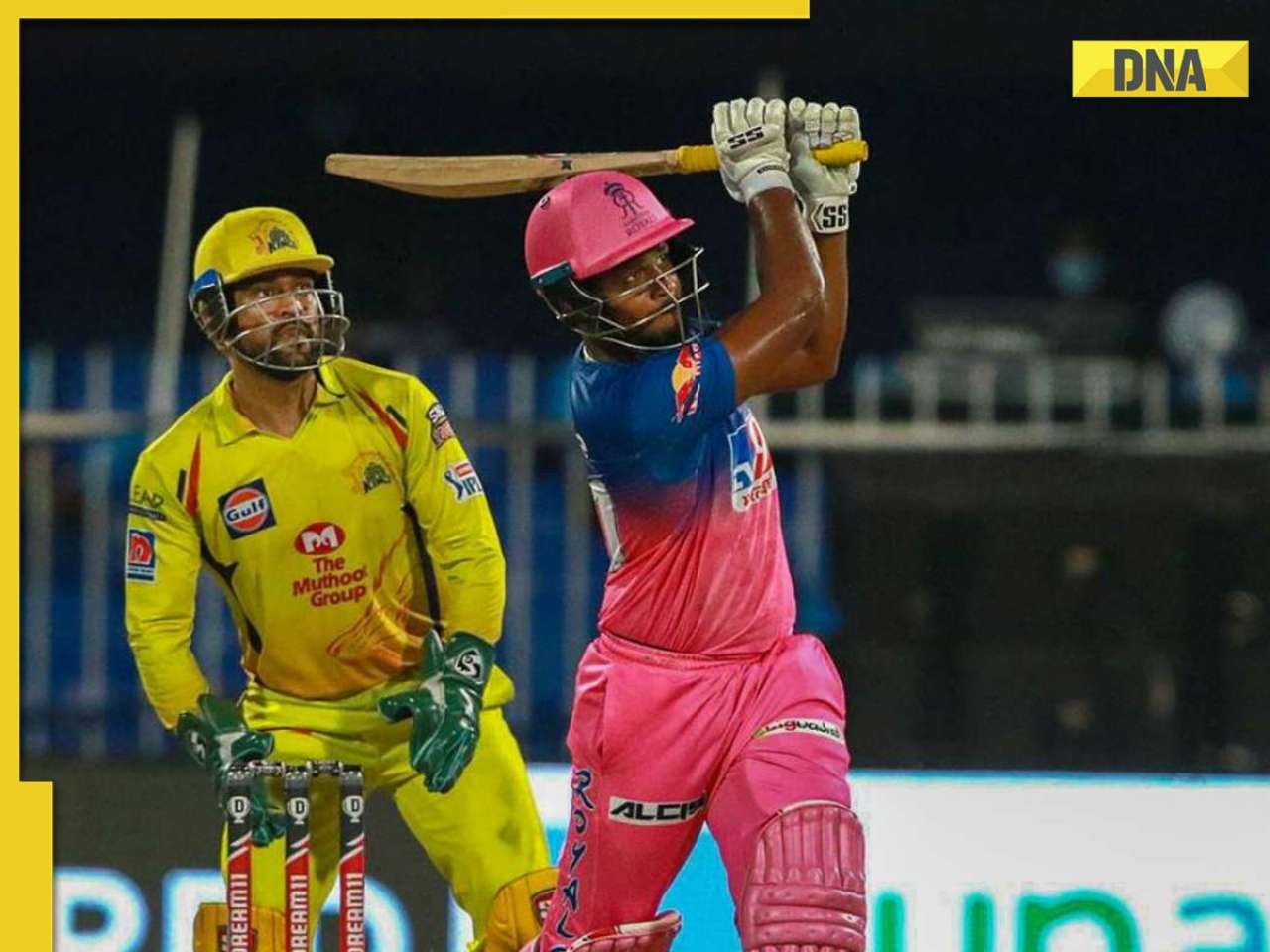




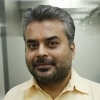


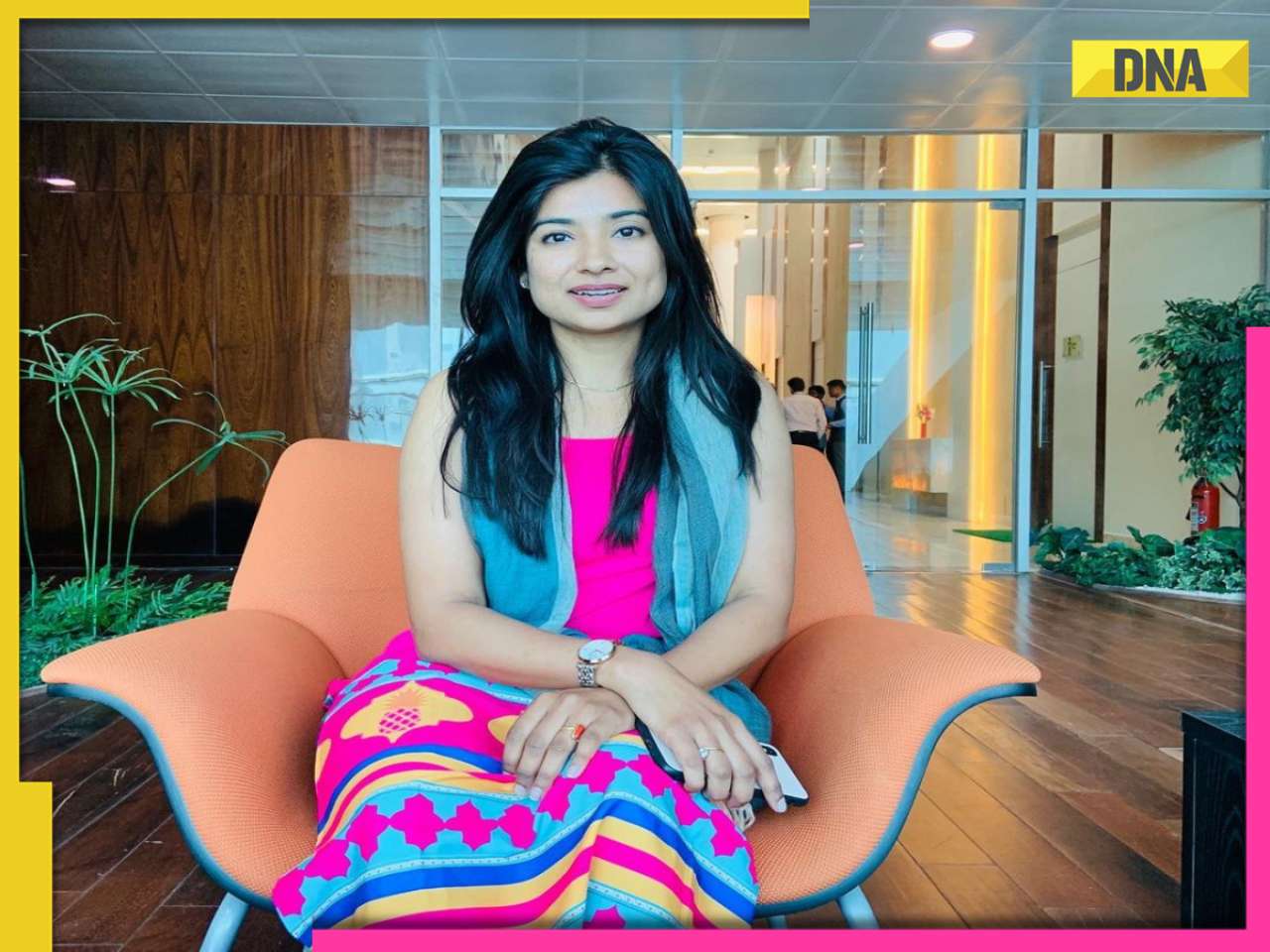


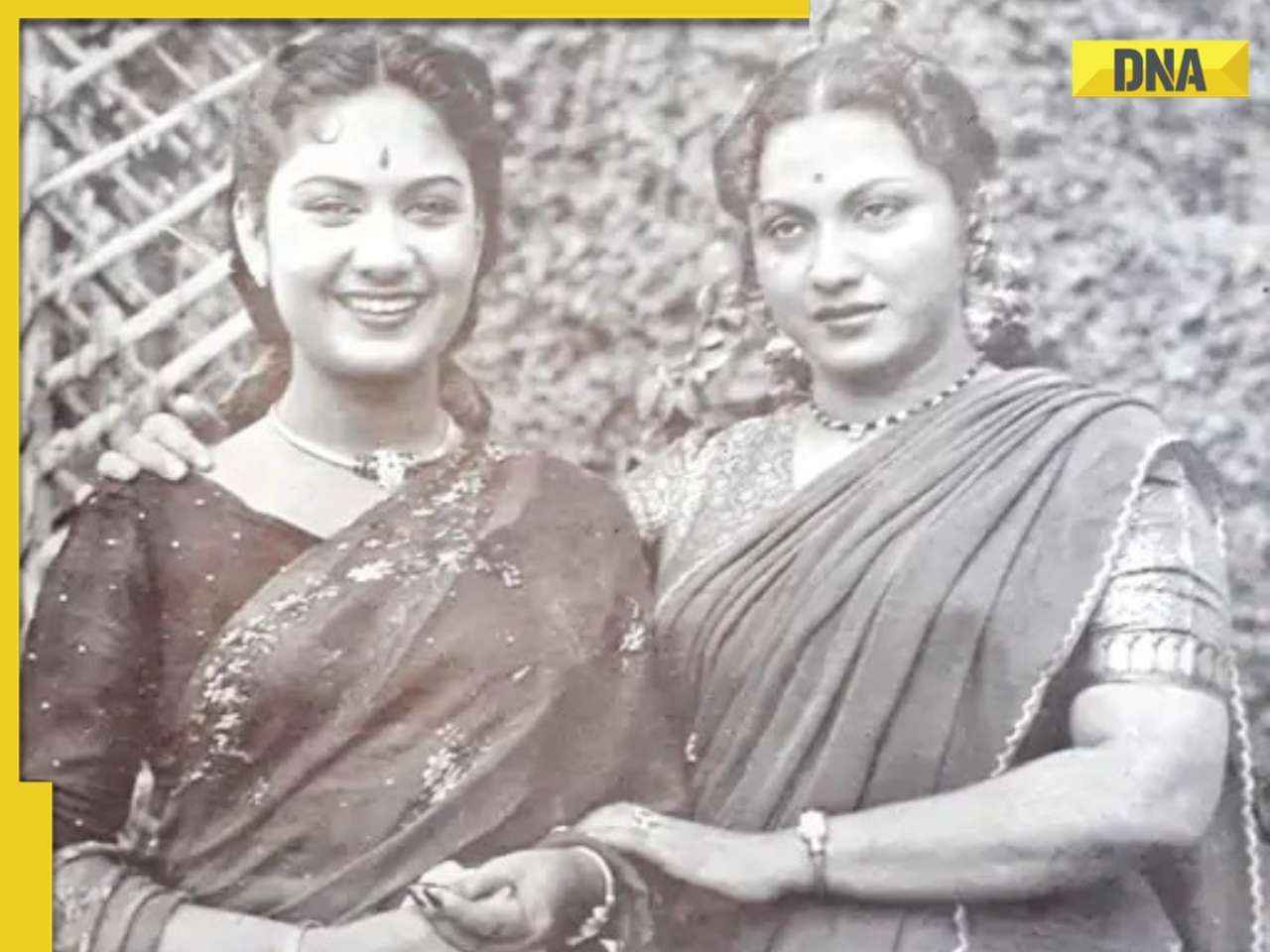












)
)
)
)
)
)